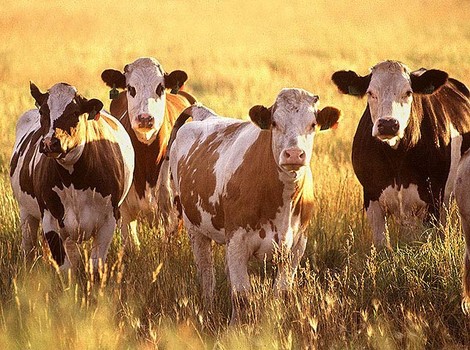In a follow-up to a report two weeks ago, authorities in Moselle department in Northeast France say the number of cattle that have died from the bacterial disease, anthrax, has risen to 25, according to a Europe 1 report (computer translated).

The additional cases have been reported on several farms. Vaccination of animals, including sheep and cattle, has begun.
Cases of anthrax near Lunéville has caused some problems with farmers as authorities have taken a long period (several days) to collect samples from the animals and to dispose of the diseased carcasses, according to a L’Est Republicain report (computer translated).
According to the Merck Veterinary Manual, Anthrax is a zoonotic disease caused by the spore-forming bacterium Bacillus anthracis. Anthrax is most common in wild and domestic herbivores (eg, cattle, sheep, goats, camels, antelopes) but can also be seen in humans exposed to tissue from infected animals, contaminated animal products or directly to B. anthracis spores under certain conditions.
Depending on the route of infection, host factors, and potentially strain-specific factors,anthrax can have several different clinical presentations. In herbivores, anthraxcommonly presents as an acute septicemia with a high fatality rate, often accompanied by hemorrhagic lymphadenitis.
B. anthracis spores can remain infective in soil for many years. During this time, they are a potential source of infection for grazing livestock. Grazing animals may become infected when they ingest sufficient quantities of these spores from the soil.In addition to direct transmission, biting flies may mechanically transmit B. anthracis spores from one animal to another.
People can get anthrax by handling contaminated animal or animal products, consuming undercooked meat of infected animals and more recently, intentional release of spores.
Related:


One thought on “France: More animal anthrax in Moselle department”